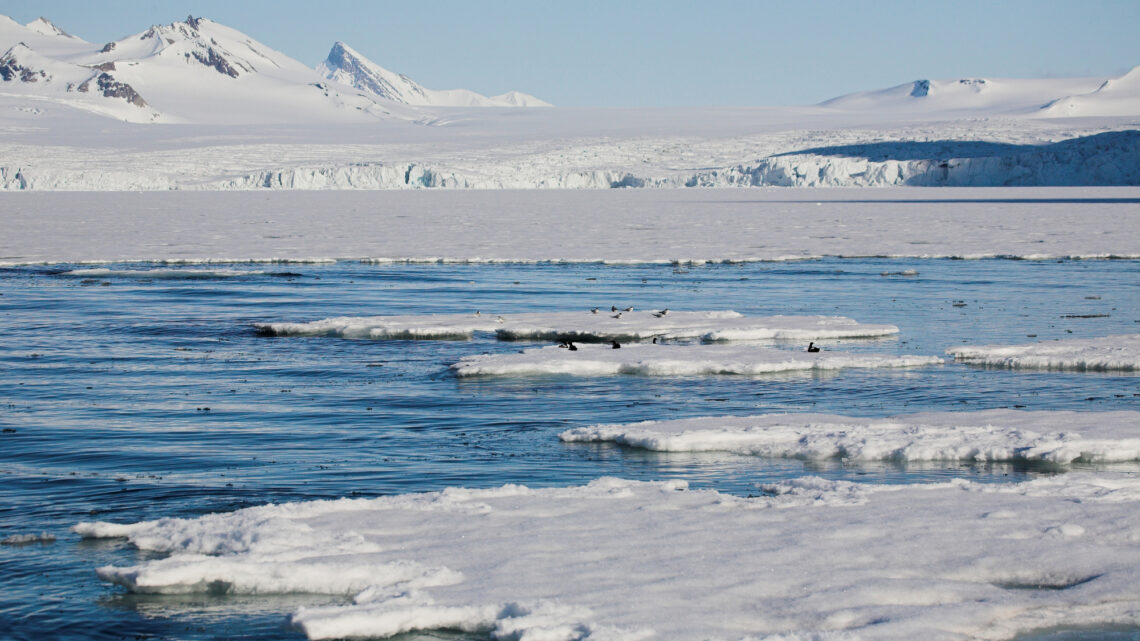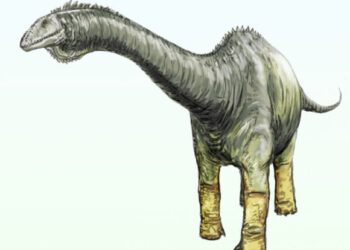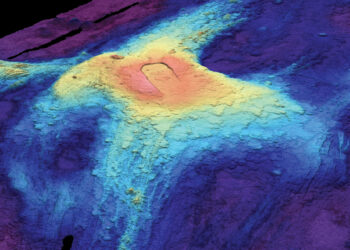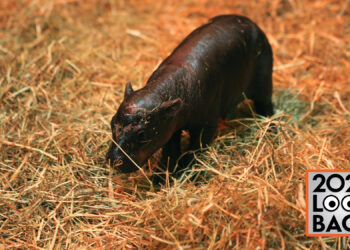“Giant viruses” sound like some sort of terrifying science fiction creation. But while some of the world’s largest viruses can certainly cause problems if they make their way into humans, others content themselves with infecting algae and other microbes. In doing so, they can prove surprisingly beneficial for our environment.
Last week, a paper published in Microbiome announced that the characteristic genetic signatures of several viruses from a superclass known as nucleocytoplasmic large DNA viruses (NCLDVs) have been found in the Arctic, where the authors theorize that they are infecting algae that live on the ice and snow. If so, the viruses may prove an unexpected boon for efforts to reduce the rate at which our polar ice caps are melting.
The term “giant virus” refers to viruses of the phylum Nucleocytoviricota. The distinguishing characteristic of this phylum is, as one might guess, that many of its members are huge. While most viruses are somewhere between 20 and 200 nanometers in size, giant viruses can be up to a thousand times larger. This makes them comparable in size to—and in some cases, larger than—most bacteria. They also have immense genomes—up to 2.5 million base pairs of DNA, compared to between 7,000 and 20,000 for a typical virus—and a host of unusual abilities.
Nucleocytoviricota is a large family, and contains the viruses responsible for African swine fever and various types of pox infections. However, Laura Perini, co-lead author on the new paper, explains to Popular Science that each “[each of] the viruses to which our environmental signatures were assigned belongs to a family—Allomimiviridae, Pithoviridae, Algavirales and Asfarviridae—[that infects] other microbes (either microalgae or protists).” (She also reassures readers that “None of the viruses that we identified on the ice/snow samples have been related to humans!”)
So far, evidence for these viruses’ presence in the Arctic…
Read the full article here







